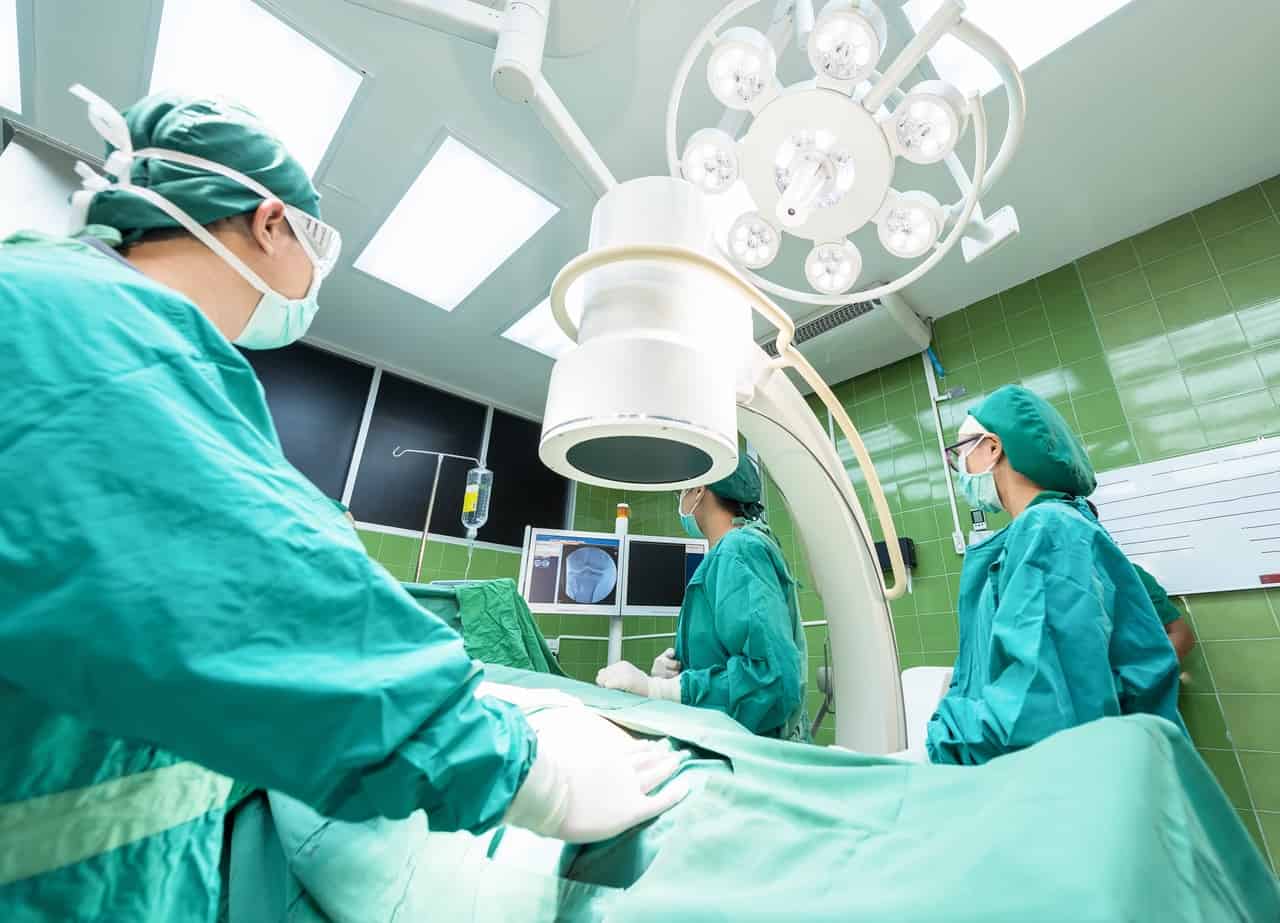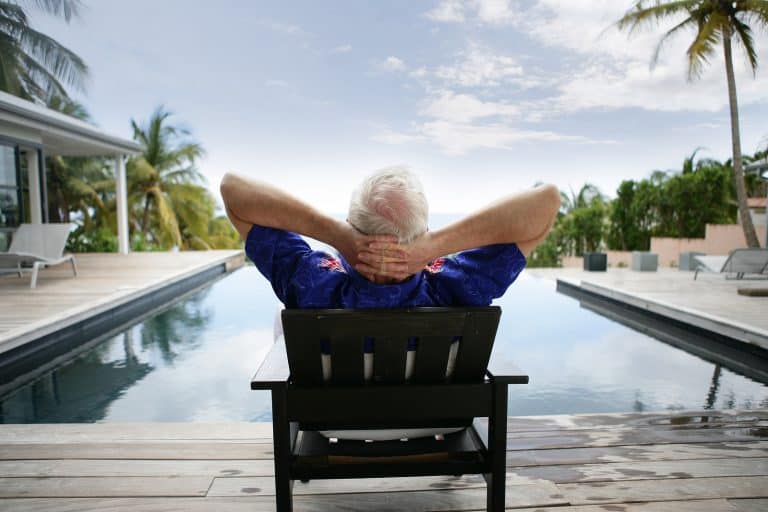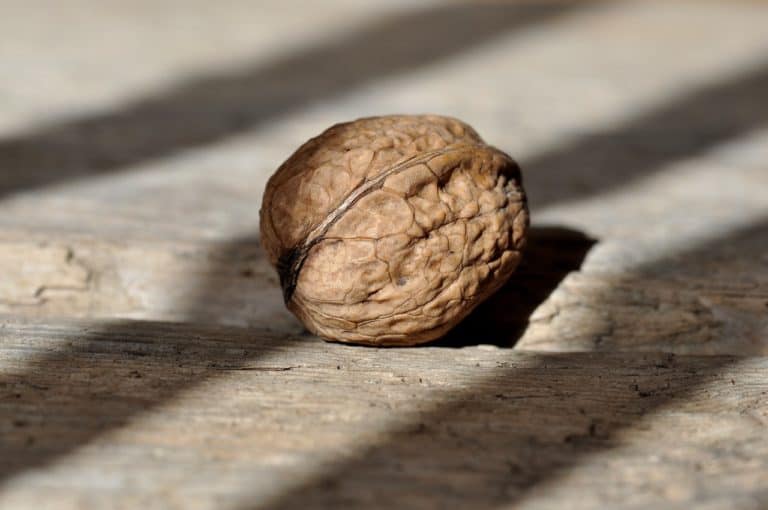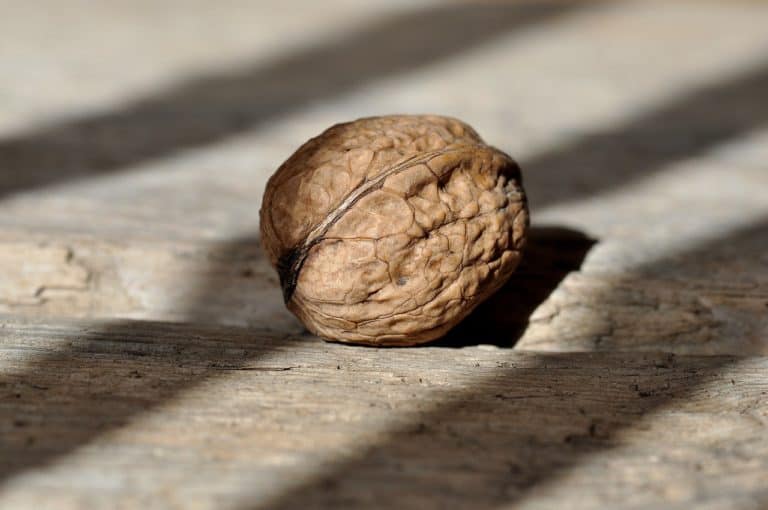TURP or, transurethral resection for BPH (benign prostatic hyperplasia) is traditionally considered the “gold standard” for treating urinary problems caused by an enlarged prostate. The procedure also is called TURP (transurethral resection of the prostate).
Transurethral resection for BPH has been used for decades. It is considered relatively safe and effective for treating the symptoms of BPH. Since it has been used for the longest time, other approaches often are compared against it. However, although the urological community considers it safe, this fails to take into account the significant risks and side effects of the procedure which are often left unexplained to patients.
How Is TURP Performed
Transurethral resection for BPH is done in a hospital operating room. Patients are administered general or spinal anesthesia. Once the anesthetic has taken effect, a flexible metal tube is inserted into the tip of the penis and passed through the urethra until it reaches the prostate.
This tube allows the physician to see inside the prostate gland. No incision is necessary. A wire loop located on the end of the tube is electrified by current or laser. The loop is used to resect or cut away the prostate tissue causing the blockage. By removing the excess tissue, the physician opens up the channel in the urethra. This allows urine to pass more easily.
The procedure typically is done within an hour. Longer times can cause complications. The patient stays in the hospital for one to three nights.
What To Expect After TURP
In most cases, a catheter, or thin rubber tube, is left inside the penis. The catheter allows blood and urine to drain out of the body while the treated area heals. The catheter also is used to allow fluid to reach the prostate area if blood accumulates and needs to be washed out.
After the catheter is removed, patients generally report immediate improvement and relief of symptoms. The Urology Care Foundation reports that 88% of patients have an improvement in symptoms after transurethral resection for BPH.
Since there are no surgical incisions on the body, a man can resume most of his activities relatively quickly. Patients typically must avoid intense exercise for several weeks because bleeding can occur until the affected area is fully healed.
Side Effects and Complications of TURP
Dick Clark, the renowned TV and radio personality, died at age 82 the day after undergoing TURP. Although Clark’s cause of death was a heart attack and not TURP, the media coverage of his passing brought to light the fact that this commonly performed procedure is associated with a number of serious side effects and complications that need to be reviewed when considering this procedure.
For example, one of the most common side effects of the procedure is retrograde ejaculation. In fact, 25% to 99% of men experience retrograde ejaculation after undergoing TURP. With this condition, semen goes back into the bladder instead of out of the penis during orgasm – forever. The material leaves the body during urination. The feeling of orgasm seems to remain the same. However, most men are dissatisfied with the way retrograde ejaculation feels.
Another side effect of TURP is erectile dysfunction, which occurs in approximately 3% to 35% of men.
Even though TURP is considered to be highly effective for BPH symptoms, the recurrence rate is about 15% over 5 to 10 years.Within three years of having the procedure, 2% to 3% of men need to have a repeat TURP. Other side effects and complications are less likely to occur and may include urinary incontinence, sepsis, remote stricture, bleeding, ruptured bladder, sphincter damage, and rectal perforation. TUR syndrome is a rare occurrence. This condition develops when the irrigation fluid used during the procedure enters the bloodstream and can cause nausea, vomiting, seizures, and brain edema.
Men should consider their physician’s individual experience when choosing an option for BPH treatment. Recurrence can’t be prevented, but more experienced physicians may have a lower number of patients who need re-operation. Men also should talk with their doctor about alternatives to TURP, such as green light laser and HoLEP, both of which have fewer and less serious side effects.







